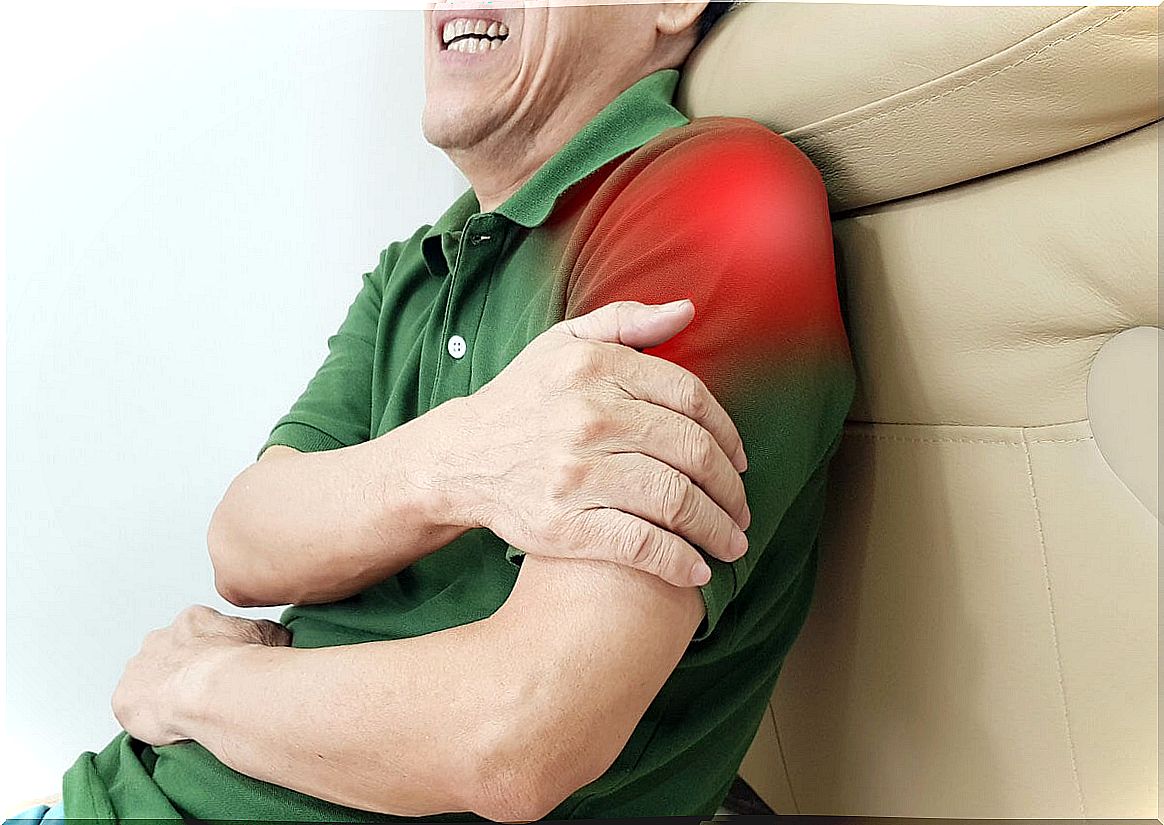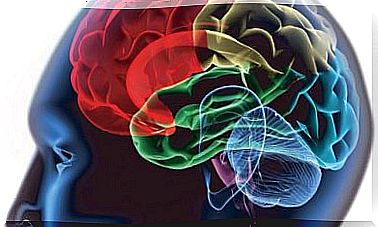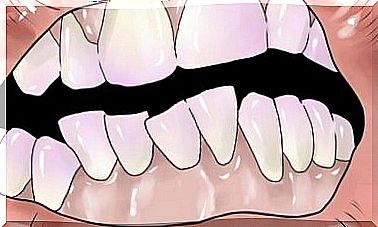Subacromial Syndrome: Causes, Symptoms And Treatment
Subacromial syndrome is a group of pathologies that affect the shoulder. It causes intense pain that, in many cases, prevents you from resting at night. According to information in the National Center for Biotechnology Information , up to 50% of shoulder pain is caused by this condition.
From a physiological point of view, this condition is defined as irritation of the tendons that form the rotator cuff as it passes through the coracoacromial arch, a very important structure located on the head of the humerus. What are its causes, symptoms and treatment? Find out!
Causes of subacromial syndrome
According to data from UCA orthopedics , there are various events that can lead to a subacromial syndrome. Some of the events that lead to it are genetic, since it can be favored by certain congenital malformations. On the other hand, it can also emerge over time. Here are the most relevant ones.
1. Vascular causes
The diffusion of fluids needed to nourish the shoulder tendon may decrease with age. The supraspinatus tendon – a shoulder pyramidal muscle – has an area near the insertion where the arrival of blood flow is very critical.
2. Mechanical causes
The abduction movement of the shoulder can cause friction between delicate structures. In these cases, the tendon becomes inflamed and fibrous — it produces an excessive amount of connective tissue — due to friction.
3. Degenerative causes
The acromion is a structure of the upper limb, more specifically of the scapula, which is located on the shoulder joint. Here, stools called “osteophytes” can occur, immature bony protrusions that reflect the presence of a degenerative disease in the patient.
4. Traumatic causes
The action of microtrauma, repeatedly, causes degeneration and even rupture of certain structures in the shoulder. In this case, we are facing a picture caused by direct injuries. It is estimated that up to 65% of visits to the doctor for shoulder pain are due to subacromial syndrome, especially due to sports or work activities.

Subacromial syndrome symptoms
Subacromial syndrome is characterized by being insidious, progressive, and mechanical. An article published in Acta Orthopedica states that some of its most common clinical signs are the following:
- Anterolateral pain under the acromion.
- Pain in the lateral and anterior elevation. Pinching also occurs when performing rotational movements with the arm, especially if they are done quickly.
- Discomfort when bearing weight and leaning on the affected area.
- Patients often report a characteristic nocturnal pain, which often prevents them from sleeping.
It should be noted that in the clinic there are three different phases with different symptoms, called «Neer stages». These range from edema and inflammation to the breakdown of involved structures. In general, milder variants of the syndrome occur in young people.
Treatment of subacromial syndrome
The treatment of subacromial syndrome can be divided into two different sections: conservative in nature and with a surgical approach. We tell you about both approaches in the following sections. In any case, the basic guidelines to treat it are the following:
- Avoid movements above the height of the head.
- Reduce pain through different manual techniques: massage therapy and stretching are essential at this point.
- Perform exercises to regain strength in the muscles.
- Reeducate the gestures of the affected person so that they generate as little pain as possible.
1. Conservative treatment
According to Healthy Children, addressing subacromial syndrome involves reducing physical activity and using ice and non-steroidal medications to help reduce inflammation. This conservative treatment includes a rehabilitation of the patient’s lifestyle and the consumption of certain drugs.
On the other hand, regenerative medicine is increasingly on the rise to combat this type of syndromes. It is based on stimulating tissue regeneration, through the concentration of growth factors and other proteins present in the patient’s own plasma.

2. Surgical treatment
Unfortunately, on other occasions there is nothing left but to go to surgery. This is considered when the discomfort persists despite the conservative approach and the syndrome is considered a cause of functional impairment in the patient.
Considerations to avoid complications
Subacromial syndrome is a difficult clinical entity to understand. The shoulder is a very complex structure and, as such, many of its parts involved in movement can be compromised by wear and tear, work, and misuse of the limb.
Faced with persistent pain in the shoulder area, it is best to go to the doctor or physiotherapist in a timely manner to obtain a diagnosis. The professional will be the one who determines the best treatment to reduce the risk of possible complications.









